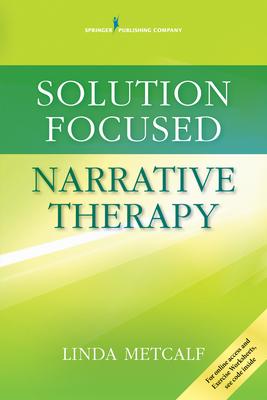Authored by a leading trainer, teacher, and practitioner in the field, the book provides an overview of the history of both models and outlines their differences, similarities, limitations, and strengths. It then demonstrates how to blend these two approaches in working with such issues as trauma, addictions, grief, relationship issues, family therapy, and mood issues. Each concern is illustrated using a case study from practice that focuses on individual adults, adolescents, children, or families. Sample client dialogues and forms are included to help the clinician guide clients in practice.
Each chapter concludes with a summary describing and reinforcing the principles of the topic and a personal exercise so the reader can experience the approach firsthand.
KEY FEATURES:
- Describes how two popular postmodern therapy models are combined to create a powerful new therapeutic approach--the first book to do so
- Includes case studies reflecting the model's use with individual adults, children, adolescents, and families
- Provides supporting dialogue and forms for practitioners
- Authored by a leading figure in the application of SFT in a variety of settings
- Presents an overview of the history of both models
